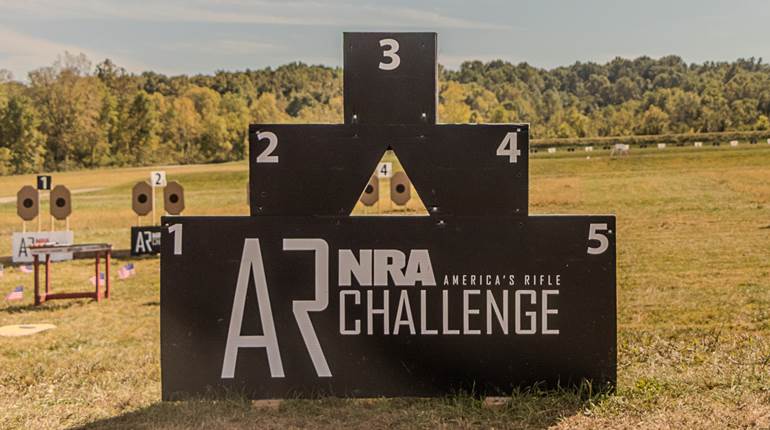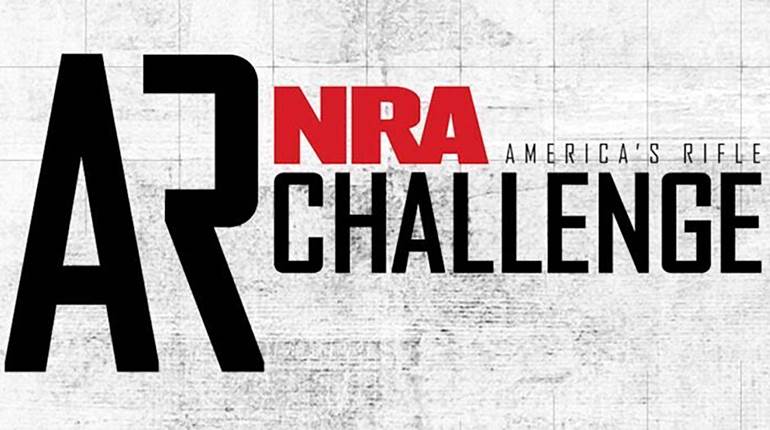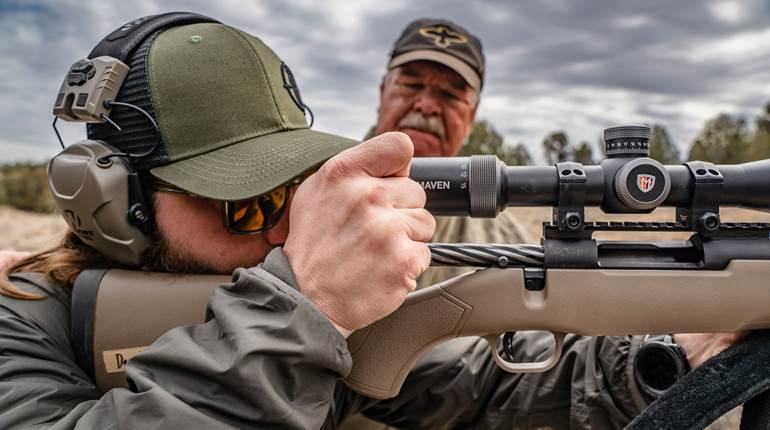
I was on the line at Gunsite with perennial shooting buddies Novak, Blumenthal and Johnston. It was an advanced class and my partners don't tend to be understanding or forgiving of screw-ups or failures that distract the class or interrupt the training. The instructors are of the same frame of mind.
So when I began to have problems with my gun, I just shut up and worked through it. I was having frequent failures-to-fire on what should have been the second round, so I developed considerable speed with my “Tap & Rack.” This drill is supposed to re-seat the magazine in the pistol and then remove the problem round from the chamber, replacing it with a fresh round. After a few cycles of this problem, I realized that I had no round in the chamber to be removed. My problem was in the magazine itself. I was using a good brand of a then-new eight-round magazine. When the standard 1911 magazine holds seven rounds, an eight-rounder is a major breakthrough.
This happened almost 20 years ago and at the time I had relatively little hands-on experience with the new magazines. In retrospect, I am not sure that I would care to use them with a “bet-your-butt” carryin' pistol because of my earlier problems. The magazine for the 1911 was engineered by the master, John Browning. These magazines were intended to hold seven rounds of .45 ACP ammo in such a way that they will feed reliably all through the cycle.
It is possible to re-configure the magazine spring to permit it to accordion into itself at the bottom end of the coil, thereby allowing a little more space for one more round, which produces an eight-round magazine. But the column of cartridges is actually under a little more pressure than the gun was built to handle, which over-stresses the ability of the magazine catch to keep the magazine locked into the gun. As a result, my fully-loaded eight-round magazines were dropping out of position just a little when I fired the first round. If they are just a fraction of an inch lower than they should be, the moving slide can't engage the topmost round and run it into the chamber, and you get the dreaded “click” and not the welcomed “bang.”
I began to check each magazine by pulling down on the floorplate after seating it. In a surprising number of cases, the magazine came out and had to be re-seated. If the magazine isn't fully seated, and drops a little, the gun will fire the round in the chamber, but can't feed the next one. I tried various solutions, but the most reliable is to simply use one of the old-fashioned seven-round magazines.
Understand that I am not condemning the modern eight-round magazine, which is useful for many kinds of shooting. I am merely saying that I have had enough problems with them that I choose to use the original seven-round magazine, at least in defensive handguns.























![Winchester Comm[94]](/media/1mleusmd/winchester-comm-94.jpg?anchor=center&mode=crop&width=770&height=430&rnd=134090756537800000&quality=60)
![Winchester Comm[94]](/media/1mleusmd/winchester-comm-94.jpg?anchor=center&mode=crop&width=150&height=150&rnd=134090756537800000&quality=60)












